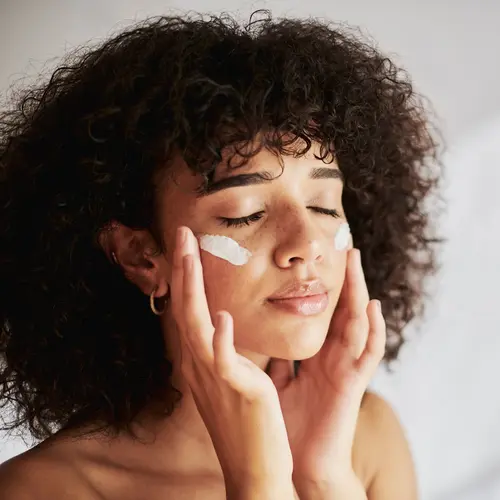Artificial nails can help you make a fashion statement or wear long nails if your real ones won’t grow. While the nails aren’t harmful, putting them on and taking them off can involve acids and other chemicals that could cause allergic reactions. Damage to artificial nails also can lead to fungal infections and other problems.
Here’s what you should know before you head to your salon or to the drugstore.
Types of Nails
Artificial nails come in two main kinds: acrylic and gel. A third type, called silks, is often used to fix damaged nails or to make nail tips stronger.
Acrylic. This plastic material is the most popular choice. It forms a hard shell when you mix a powder with liquid and brush it on top of glued-on nail tips. You have to file down your natural nails to make it rough enough for the nail tips to bond to it.
Since your real nails grow all the time, you’ll eventually see a small gap between your cuticle and the acrylic nail. You’ll need to go back to the nail salon every 2-3 weeks to get the gaps filled, or do it yourself. Chemicals in the filler and the filing may weaken your real nails.
If you already have a fungal infection, artificial nails can make it worse or lead to other issues.
Gels. These are more expensive and last longer than acrylics. You paint the gel on like regular nail polish. You then put your nails under an ultraviolet (UV) light to harden the gel.
UV light can cause skin damage, including wrinkles and age spots. Too much UV light can cause skin cancer. But there are no reported cases of skin cancer caused by UV lamps at nail salons, not even among the manicurists who work around the lights all day.
Possible Problems
Artificial nails can be tough on your real ones. Issues you should watch for include:
Allergic reaction: The chemicals used to attach or remove artificial nails can irritate your skin. You may see redness, pus, or swelling around your fingernails.
Bacterial or fungal infections. If you bang your artificial nail against something, you may dislodge your real nail from the nail bed. Germs, yeast, or fungus can get into the gap and grow. A bacterial infection can turn your nails green. Nail fungus, on the other hand, starts out with a white or yellow spot on the nails. The nail may thicken over time, and it can crumble in severe cases. See your doctor if you suspect any infections.
Weakened nails. To remove acrylic or gel nails, you soak your fingers in acetone for 10 minutes or longer. This chemical is very drying to your real nails and can irritate your skin. Some artificial nails must be filed off. That can make your natural nails thin, brittle, and weak.
What You Can Do
If you love the look of artificial nails, these tips can help you enjoy them more safely.
- If you’ve had nail fungus before, stay away from artificial nails. Don’t use them to cover up nail problems.
- Get nails that can be soaked off instead of filed off.
- Ask your manicurist not to cut or push back the cuticles too much. They help guard against infections.
- Pick a salon that hardens gel polish with LED lights, which have smaller amounts of UV light. Apply a broad-spectrum (UVA/UVB) sunscreen to your hands before you go under the lights.
- Use cream moisturizer on your nails, especially after you soak them in acetone.
- Take a break from artificial nails every couple of months. This lets your real nails breathe and heal from chemical exposure.


